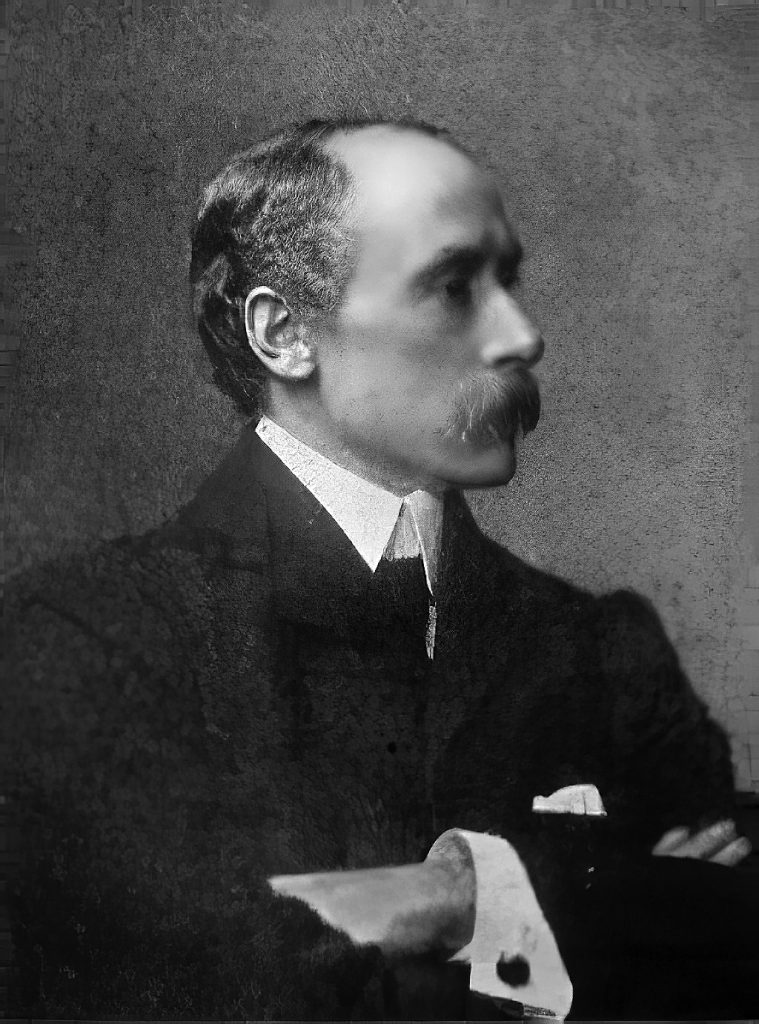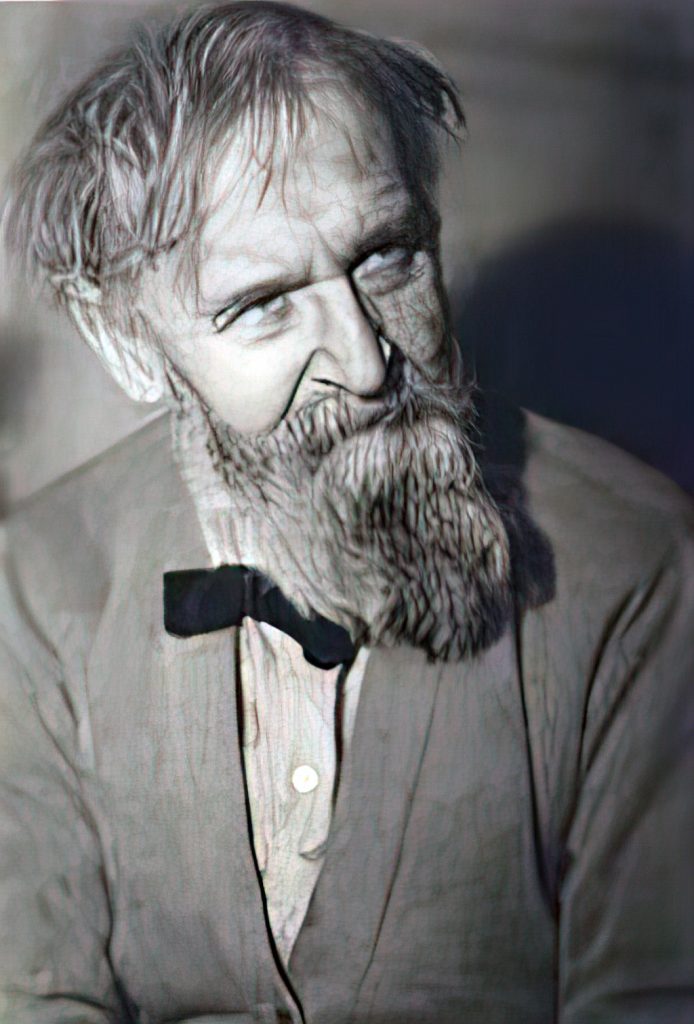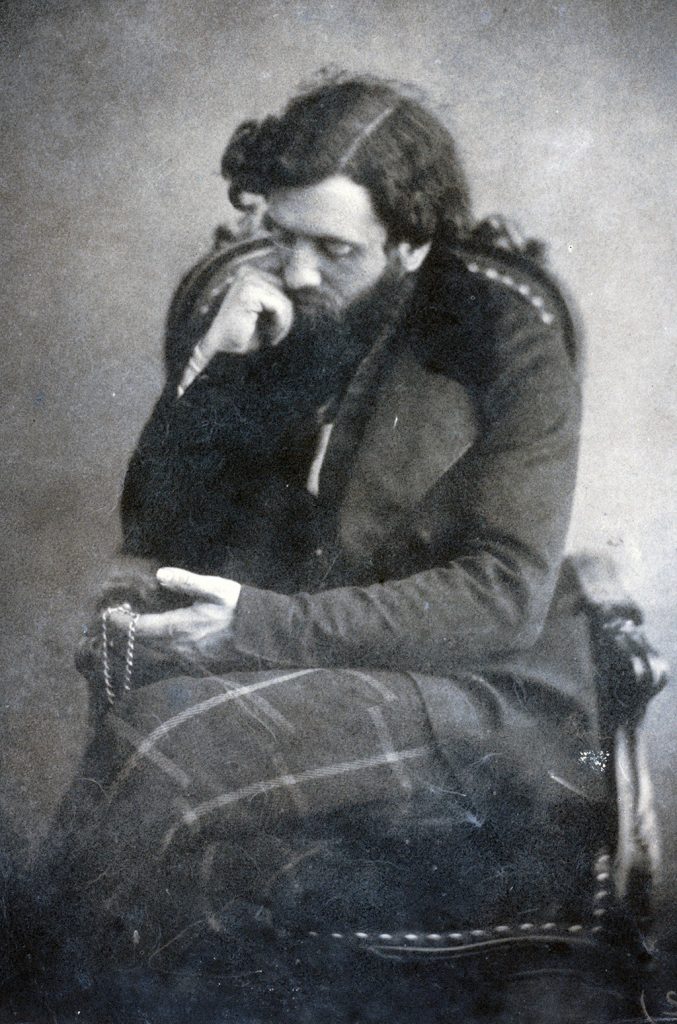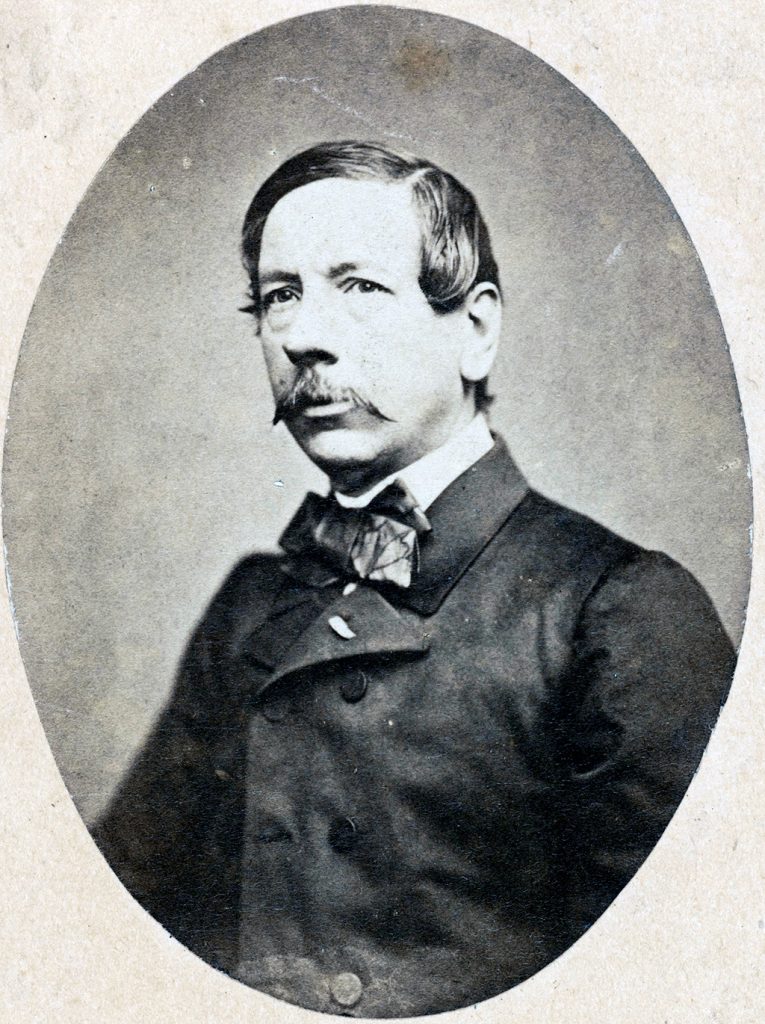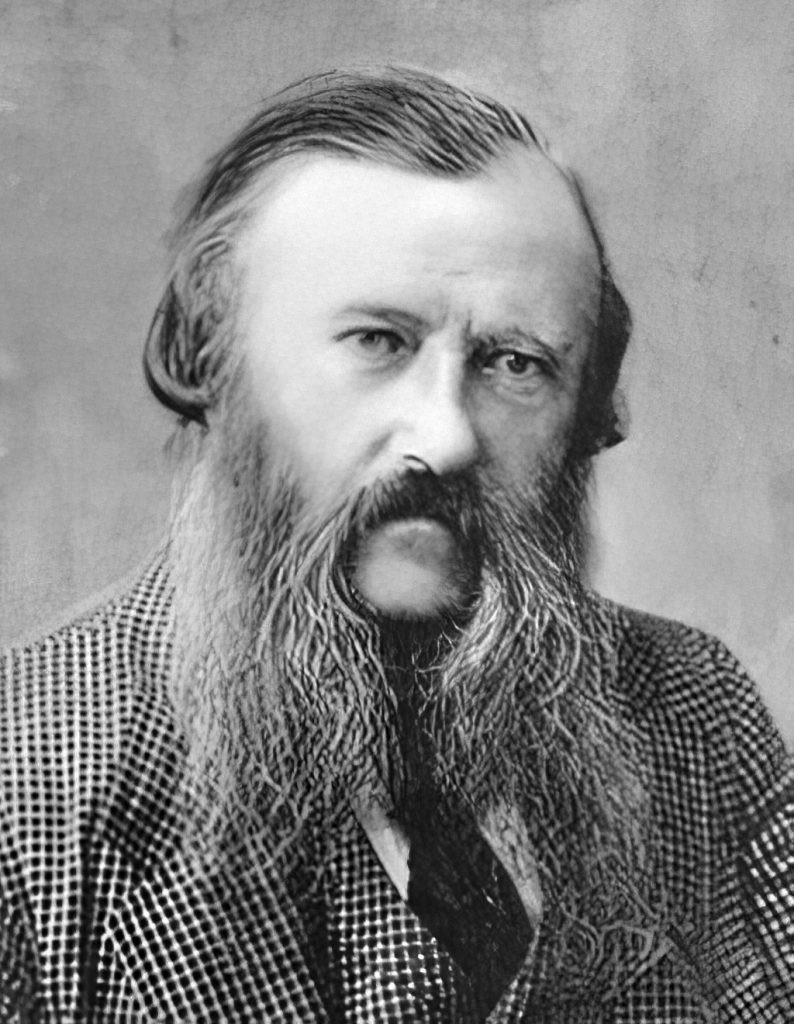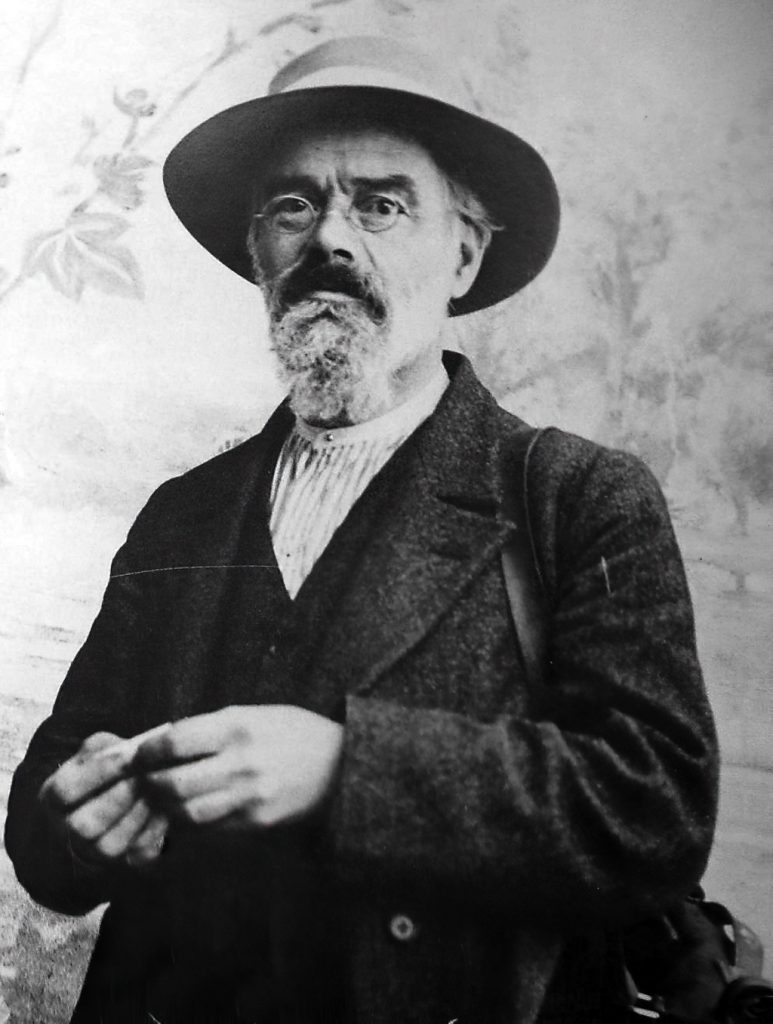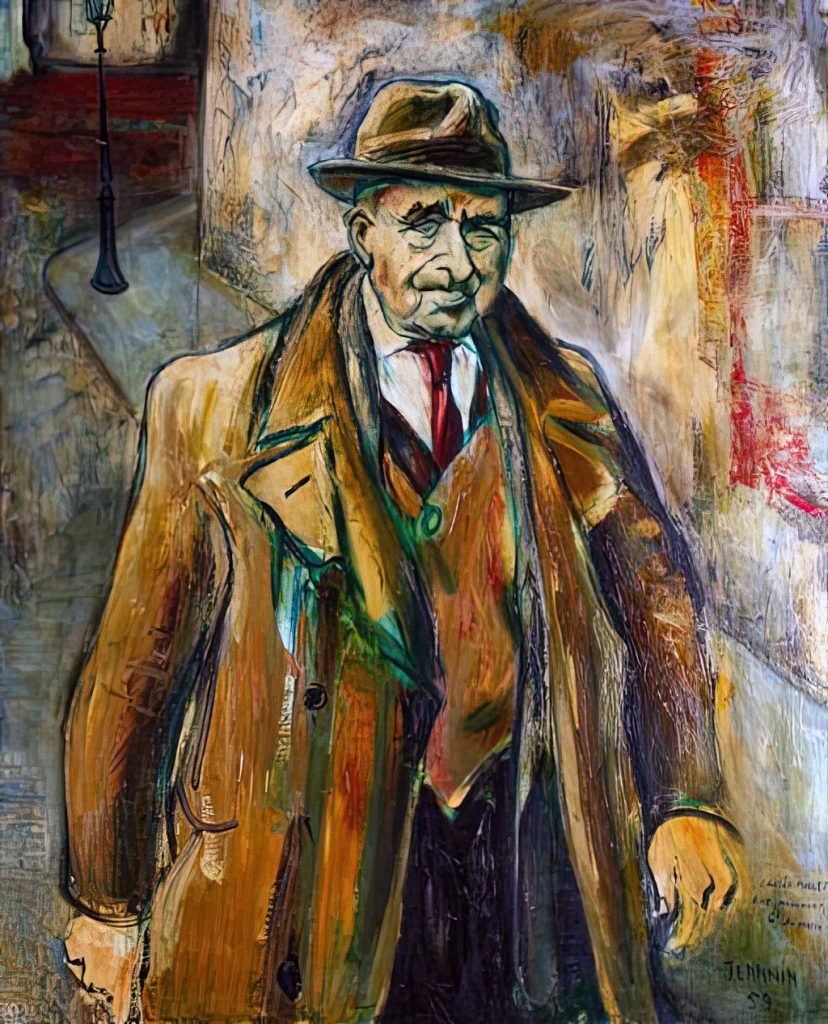Artist: Kay, James
James Kay was a Scottish artist notable for his paintings of the landscapes and shipping. Born on the Isle of Arran, Kay spent much of his working life with a studio in Glasgow and living at Portincaple on Loch Long in Argyll and Bute. He was elected to the Royal Scottish Society of Painters in Watercolour (RSW) in 1906 and to the Royal Scottish Academy in 1938. He had one daughter, artist Violet McNeish Kay.
He spent time painting in Normandy.
